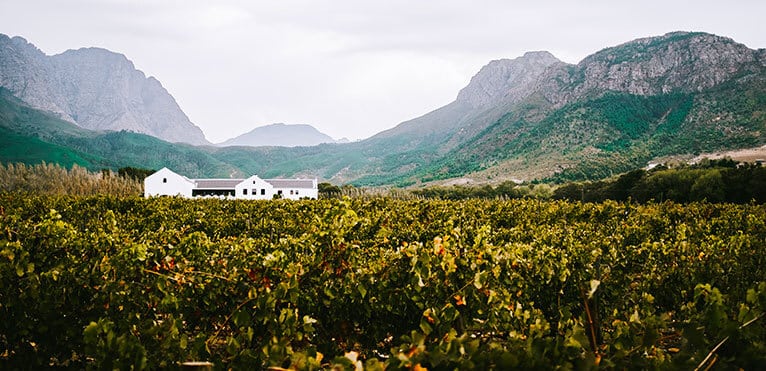
Contents
You dreamed it, you did it! Gone are the days of city greyness and office life. You’ve decided to look for a little corner of paradise in the countryside and set up your own vineyard. However, your twenty-year career in auditing isn’t going to help you get this new life off to a good start… Don’t panic, here’s a guide to getting off to a good start building your vineyard.
Installation
Above all, you need to choose a land where the climate is neither too arid nor too cold. In France, don’t go beyond Champagne and don’t venture into Brittany or Normandy. The next step is to analyze the soil on the plot you wish to farm. You need to know its characteristics to be able to choose which grape variety to plant and ensure that the vines grow well. For this, call on an agronomist to share his expertise with you.
Once you’ve chosen the site, clear it of plant remains, stones and other obstacles to vine planting. Then plough deeply to loosen the soil and help the seedlings develop.
The birth of vines
Draw a diagram of your plots, and calculate exactly how many vines you’re going to plant and where. In general, we can support an average of 3,000 vines per hectare. Be sure to find a north-south axis to take advantage of the best sunlight (avoid, for example, the proximity of trees that create shady areas). Leave at least one metre between rows for easy access.
Once planted, vines need to be carefully tended for a period of 3 to 5 years. At the end of this period, the winegrower can harvest the grapes: it’s harvest time. Wine production then began.
Wine production
Once production has started, it is advisable to hire an oenologist to make the wine. Once harvested, the grapes are transformed into wine in the winery, then put into barrels to age before being bottled. This stage requires expertise and precise knowledge of the wine’s composition, in order to achieve the right balance between alcohol, acidity and aromas.
Once the wine has been bottled, all you have to do is find a distribution point and sell your stock.
Photo: Matthijs van Schuppen / Unsplash